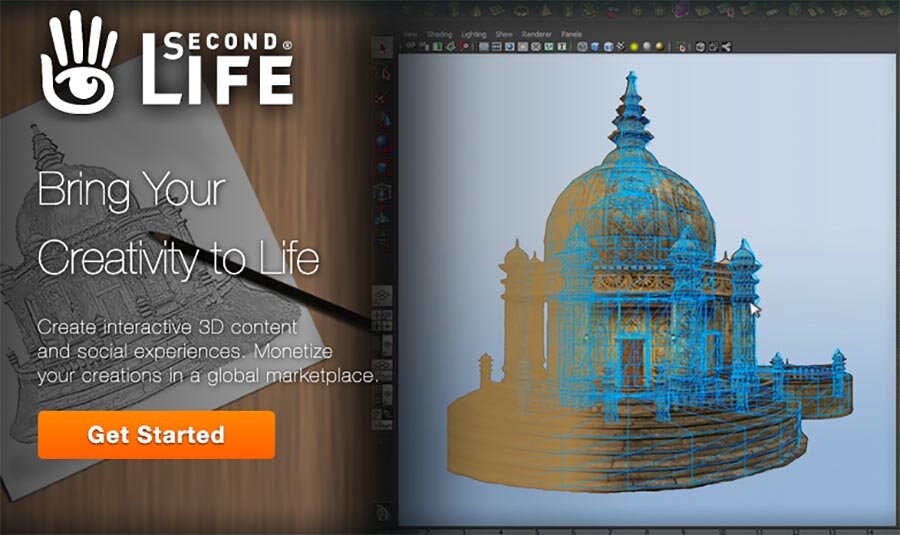Second Life (2)
I posted an earlier piece on Second Life and talked about cyberspace and the metaphoric power of alternate "realities" within the context of communications networks. Here is what Henry Jenkins, Professor of Comparative Media Studies at MIT said on his Blog: "Some have dismissed SL as a costume party -- I see it more as carnival in the medieval sense of the term -- as a time and place within which normal rules of interactions are suspended, roles can be swapped or transformed, hierarchies can be reordered, and we can step out of normal reality into a "magic circle" or "green world" which can be highly generative for the imagination. The difference is that in the old days, carnival was something that existed for a very short period of time and people planned for it all year. Now, in the era of SL, carnival exists all the day and people have to decide how much time they want to spend there."
An example, I was 'skating' in SL and another skater approached me and asked why I was skating in 'flippers.' I responded somewhat incredulously that it didn't matter to me and he or she replied that I was breaking the rules of SL.
I would argue that the carnivalesque quality of SL is still surrounded by 'acceptable' notions and norms of reality or first life. In fact, the sense one gets from SL is often rather banal as the physics of place, architecture and design are all set up to reflect conventional expectations of what should or must happen if people walk, talk or simply look at objects in the multiverse. A true carnival would actually push the boundaries of acceptable behaviour on a continual basis. From time to time, flying penises for example, that happens in SL, but for the most part the challenge seems to be to have a reasonable experience that fits into preexisting conceptions of reality and its limitations as well as potential.
There are clouds that you can enter and your avatar can fly and there are designs that defy convention, but for the most part, SL tries to imitate the 3D world rather than reinterpreting its premises. This may too much to ask. Clay Shirky has written an excellent critique that focuses on many of the grand assumptions about role and use in SL.
In contrast, Beth Coleman talks about the potential of SL and makes some important points about user-generated content. Yes, it is true that the content of SL has been created by users but the limitations of choice, style and design are quite high. Perhaps, there is a middle ground here between SL's aesthetic and orientation and the overall potential of new environments created by interested people and communities.
My sense is that more is happening in the Machinima world where game engines are being used to create some very interesting films. Check out this one. The difference between Machinima and SL is that the former requires some real development of story lines and technology use. Notwithstanding all of this, I am still interested in exploring more of SL. After all, we are in the early phases of multiverse creation.
There is an interview with the chairman of Linden Labs, owner of Second Life at the Reuters Second Life Newsroom.

